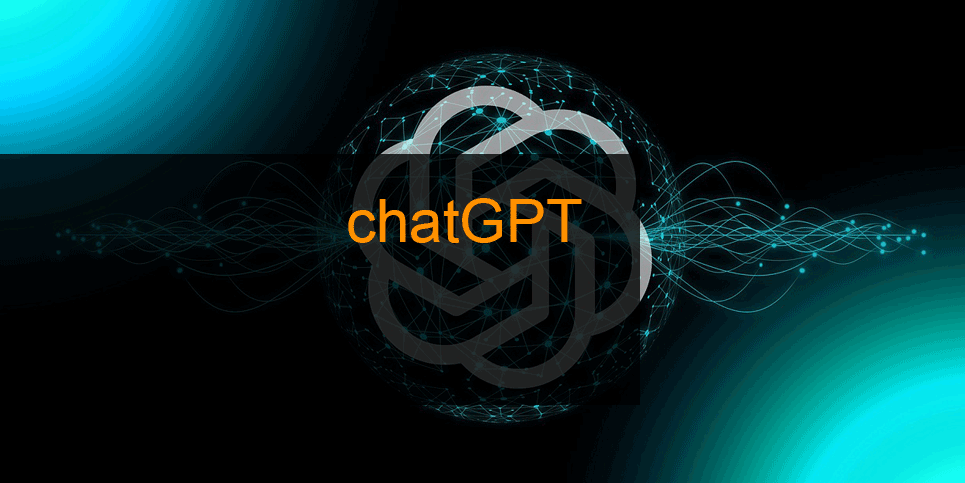ChatGPT, an AI-powered conversational model developed by OpenAI, is a language model capable of generating human-like text. Training ChatGPT requires data preprocessing, setting up the model and training it on the data. This article will guide you through the process of setting up and training ChatGPT for conversational AI applications.
Setting up the model
The first step in training ChatGPT is to set up the model. The model consists of a transformer architecture that uses self-attention mechanisms to generate text. The transformer architecture is a popular choice for natural language processing (NLP) tasks and has been used in several state-of-the-art models such as BERT and GPT-3.
To set up the model, you will need to install the necessary libraries and dependencies, such as PyTorch and Hugging Face Transformers. You can find detailed instructions on how to set up the environment in the OpenAI documentation.
Data Preprocessing
Before training the model, the data must be preprocessed to clean and prepare it for training. This includes removing any irrelevant information, correcting any spelling or grammar errors, and transforming the data into a suitable format for training.
It is also important to make sure that the data is balanced and does not contain any bias. This can be achieved by oversampling or undersampling the data, or by using data augmentation techniques.
Model Training
Once the model and data are set up, the next step is to train the model on the data. Training the model involves iteratively updating the model parameters to minimize the loss function, which measures the difference between the predicted output and the actual output.
It is important to monitor the model performance during training, such as the training loss and validation loss, to ensure that the model is not overfitting or underfitting the data. If necessary, you can adjust the training parameters, such as the learning rate or the number of epochs, to improve the model performance.
Training ChatGPT is a time-consuming process, and it can take several hours or even days to train the model on large datasets. However, the results are worth the effort, as you will end up with a model that can generate human-like text and perform well in conversational AI applications.
In conclusion, training ChatGPT is a multi-step process that requires careful preparation and attention to detail. By following this guide, you will be well on your way to creating your own AI-powered conversational model.








